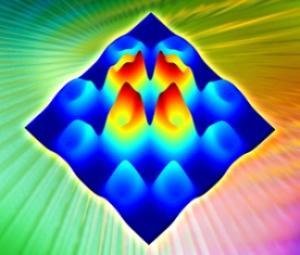
© GETTYNow computers can sense the mood of their users. Already they can identify smiles, frowns and blushes.
Many people have commented on the contrast between Tony Blair's urbane comments to last week's Chilcott Enquiry and his physical unease in its first minutes as manifest in blinks, foot-tapping, crossed legs, and soon. Body language - non-verbal communication - is a valuable clue to innerfeelings (a truth, or half-truth, that men's magazines often use when advising their readers how to tell whether a young lady might be interested in body language of another kind).
Their claims are dubious, but now science is getting in on the act. It began with Darwin, whose 1872 book The Expression of the Emotions in Man and other Animals showed how blushes, smiles, raised eyebrows and the like add spice to the banal messages of the spoken word.
Now, computers can sense the mood of their users. Already they are able to identify smiles and frowns and even blushes (a subject of much interest to Darwin, who devotes many pages to it). Their programs generate well over a million combinations of facial expressions and head position and, on a good day (or with an expressive face) can. nine times out of ten, correctly identify looks of fear, sadness, happiness, anger disgust and surprise. They even do better than humans in differentiating the expression of a puzzled person from that of a drunk.




Comment: For more information about the issues surrounding Nanotechnology read the following articles on SOTT:
Scientists Scared as Nanotechnology and Nanoparticles Become Common in Consumer Products
Big Risk for Nanotechnology as Some Carbon Nanotubes May Cause Asbestos Related Diseases
Australian food firms pushed to come clean on nano-ingredients
Alert over the march of the 'grey goo' in nanotechnology Frankenfoods
Food Industry 'Too Secretive' Over Nanotechnology
Australia - Regulate nanotechnology industry